
Therefore, the following lines will shed some light on the matter, allowing you to understand everything related to this natural process.Serous Drainage from the Healing Wound
The serum is a liquid produced by the body promoting the healing of wounds. There are several main functions of the serum. For example, it dilutes the toxins and other harmful substances that are produced either by dead and decomposing cells on the site of the wound or by bacteria present in the wound.
It also carries the leukocytes and proteins of the plasma to the wound. Typically, serous drainage stops after the wound has healed. But, if the amount of serous drainage after the stitching of the incision after an operation is high, it can turn out to be a serious problem.
The serum is a clear watery fluid, and is one of four kinds of liquids/drainage that come out of an injured part of the body (incision is, basically, just another kind of injury) and that indicates which process is taking place in the wound and whether the healing process is normal or not.
These liquids that we mentioned are purpulent pus drainage, pink or white sero-sanguinous drainage, serous or clear drainage, and bloody or sanguineous drainage.
Pus drainage is a light brown, green or yellow, smelly fluid which should not be present in a healthy and healing incision or wound, and it is usually an indicator of infections. Puss drainage is frequently followed by warmth, redness and swelling of the wound requiring medical attention.
Pink or white sero-sanguinous drainage is present in the first part of the healing process. If there is plenty of it after some time, it indicates that the wound has not yet healed, and that it should be checked by the doctor.
Fresh wounds ooze a bloody or sanguinous drainage. This type of drainage indicates that the healing process on the wound site is still active and that the wound has not healed enough. Large amounts of bloody drainage require immediate medical attention.
The amount of serous drainage depends on severity of the wound, and it should diminish with time. It is always colorless, regardless of the amount. Typical signs of serous drainage include fever, swelling, tenderness and increased warmth of the wound region, as well as formation of large blood clots and some amount of bleeding.
In order to keep these bodily fluids healthy and allow the wound to heal properly, open wounds are commonly wrapped in bandages.
Bandage Wrapping Importance
Bandages are medical items used for either securing and treating one's injuries or for keeping a medical dressing in place on someone's body. Different types of bandages exist, ranging from the traditional ones, made of cloth, to specialized ones which are produced only to fit a specific body part.
Naturally, there are specific methods used for wrapping one in bandages too. Basically, when doing it with a roll of bandage you are to roll it from the inside, applying the outer side to the wound or an injured spot.
While you are wrapping one's body part in the circular motions, you are to perform some crossings of the bandage and other methods which are bound to keep the patient secured, safe and well-treated.
Finally, once the bandage has been placed correctly, it is to be cut from the roll and secured with a safety pin or tape.
People use bandages and bandaging techniques in order to secure other people's wounds, making sure the dressings below will be kept in place. Also, these keep an injured joint secured, while, at the same time, providing cessation of bleeding and reduction of swelling in cases of other injuries.
Once a bandage has been applied, it can hold the injured body part in place, reducing the chances of the wound getting worse.
One of the most common techniques regarding bandaging is the spiral bandaging. Namely, here, the bandage is applied through circular, spiral motions where each next round of bandage covers two thirds of the previous round. This method is the best one while treating areas such as legs and forearms, even though it is used for many other injured body parts.
For people suffering from sport injuries, in order for the bandage not to fall off, the reverse spiral bandaging is applied, wrapping one's body part spirally, the other way around, keeping the bandage in place no matter what. Once this bandaging is done, the bandage is secured on the outer side of the injured limb.
All in all, serous drainage is a normal part of the healing process of your body, keeping the wound safe from infections and other potential causes of complications. However, in order to keep the wound safe, you are advised to have it wrapped in bandages, using some of the techniques mentioned above.


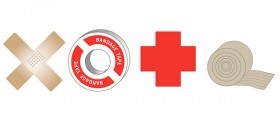
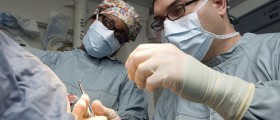

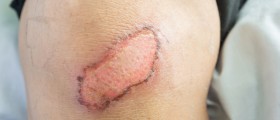
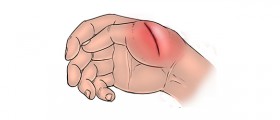

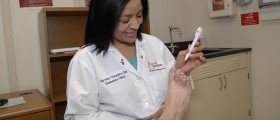


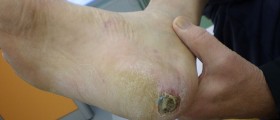




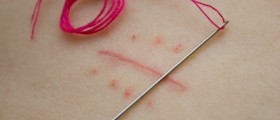
Your thoughts on this
Loading...